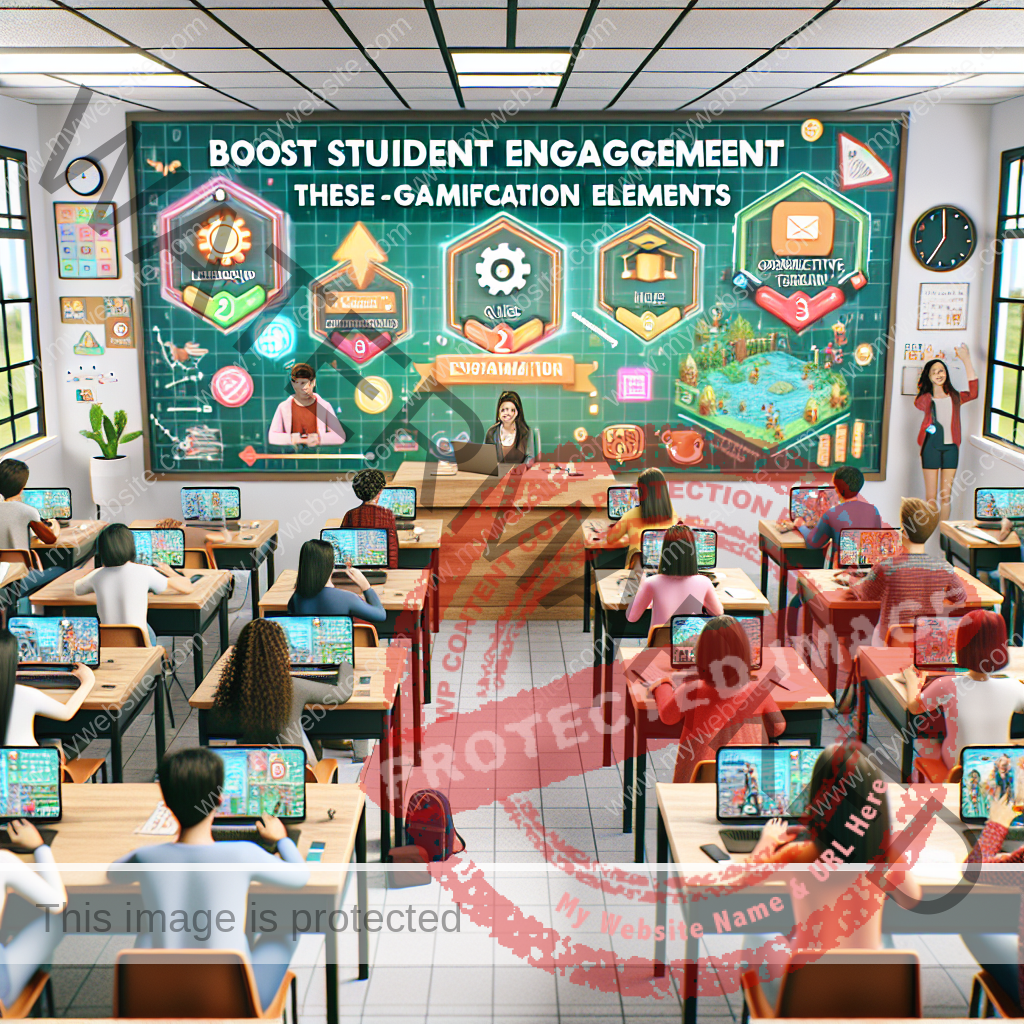Why Gamification Matters in Higher Education?
Being an eLearning developer, I understand the significance of making education interesting and engaging for students. Integrating gamification into higher education can revolutionize the learning experience. By borrowing elements from video games and integrating them into educational settings, we can inspire students, keep them involved, and make learning enjoyable. This is especially important in today’s digital era, where students are accustomed to interactive experiences through technology and gaming.
The key to gamification lies in its diversity, acknowledging that not all students are motivated in the same way. While some excel in competitive settings, others may prefer individual achievements or collaborative tasks. By customizing gamification to suit various learning preferences, we can ensure that all students are engaged and motivated to learn. Accessibility is also vital, recognizing that students learn at different paces and in different styles. By incorporating diverse gamification elements, we can cater to a wide array of learning needs and preferences.
5 Fundamental Gamification Components and Their Application in Higher Education
-
Points And Leaderboards: Incorporating points, badges, and leaderboards from gaming can help us track students’ progress, offer immediate feedback, and encourage them to aim for higher accomplishments.
-
Quests: Quest-based learning transforms the curriculum into an adventure, enabling students to tackle challenges, solve problems, and unlock achievements. This approach makes learning less mundane and more like an exciting mission, empowering students to steer their learning journey.
-
Rewards: Motivation can be internal or external, and rewards play a vital role in enhancing students’ engagement. Balancing intrinsic rewards like personal growth with extrinsic rewards such as badges or certificates can create meaningful learning experiences for students.
-
Social Competition: Peer challenges and team competitions can make assignments more enjoyable and foster collaboration among students. Encouraging friendly competition and teamwork can cultivate a positive learning atmosphere that motivates students to perform at their best.
- Narratives: Stories are potent tools for engagement, and weaving narratives into higher education can make learning more personal and unforgettable for students. By transforming lessons into real-life scenarios or immersive experiences, we can establish emotional connections that enhance the learning process.
Embracing Diversity in Gamification
When embracing diversity in gamification, two crucial aspects come to the forefront: adaptive learning and cultural inclusivity. Adaptive learning utilizes Artificial Intelligence and Machine Learning to customize content to individual learning preferences and requirements, ensuring that all students remain engaged and supported. Cultural inclusivity, on the other hand, ensures that gamified content is culturally diverse and respectful, making it more relatable and engaging for students from diverse backgrounds.
Accessibility is also vital in gamification to ensure that everyone can participate in the learning experience. By designing accessible features for students with disabilities and leveraging adaptive technologies, we can create inclusive and welcoming gamified content for all learners.
Gamification offers numerous advantages for student engagement and success, particularly when its elements are diverse and inclusive. By integrating points, leaderboards, quests, rewards, social competition, and narratives, we can establish a more interactive and engaging learning environment that inspires students to reach their educational objectives.
If you wish to explore more on this subject, you can view the original article 5 Gamification Elements For Higher Education
















